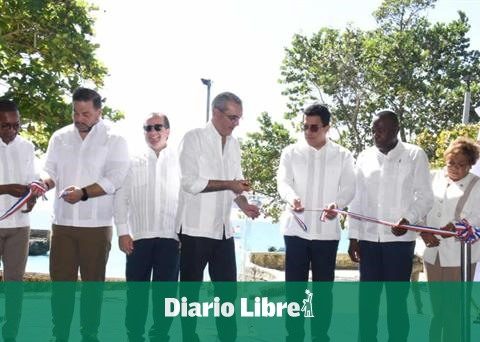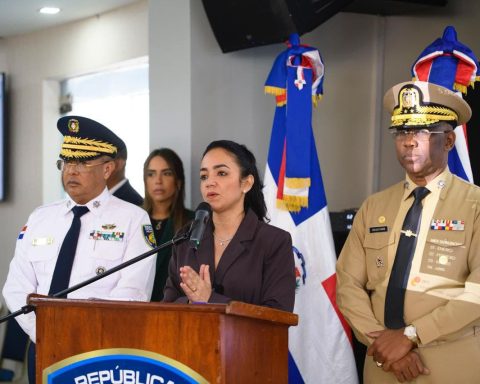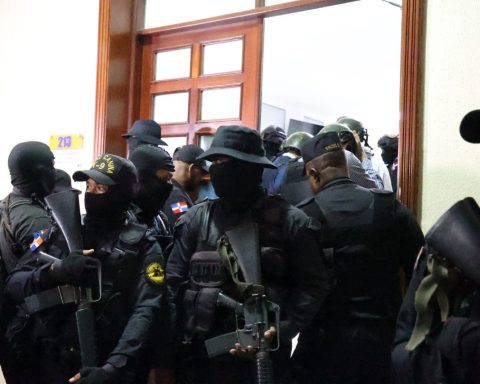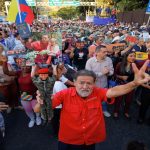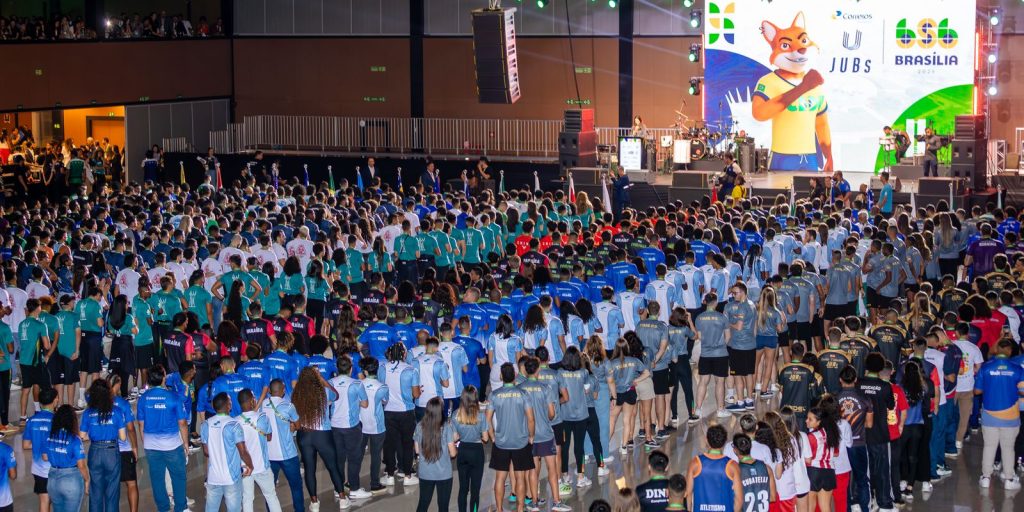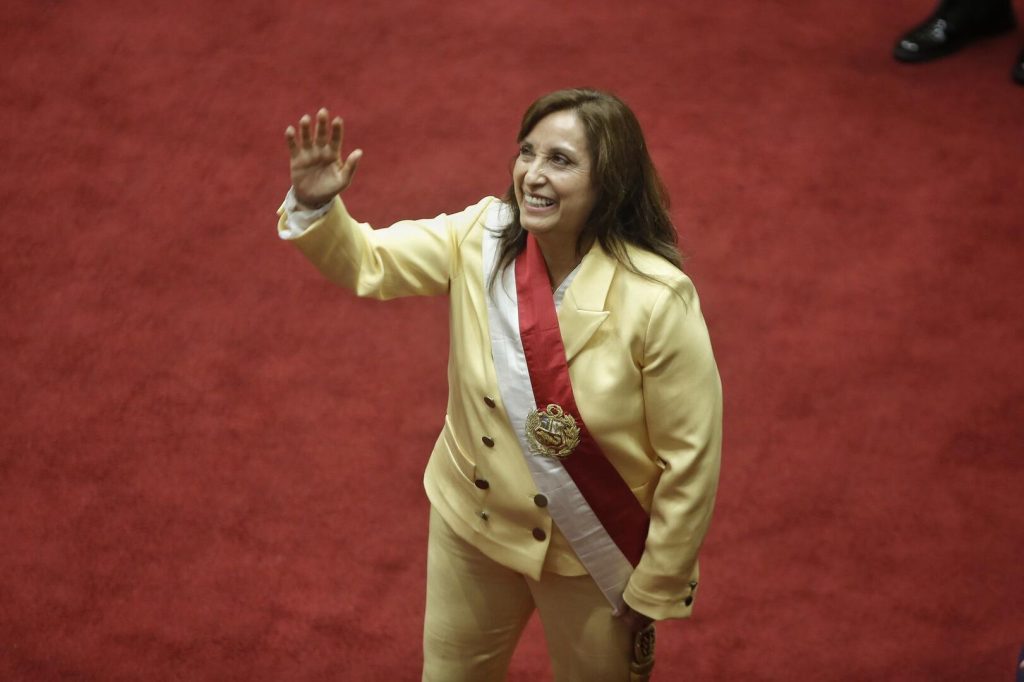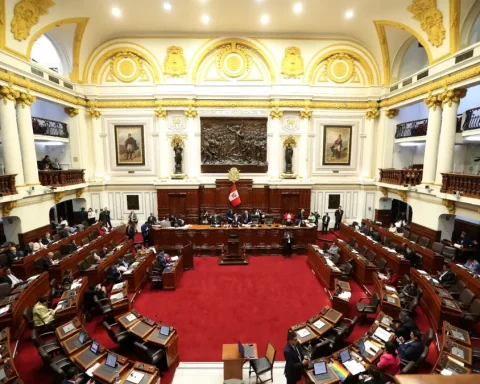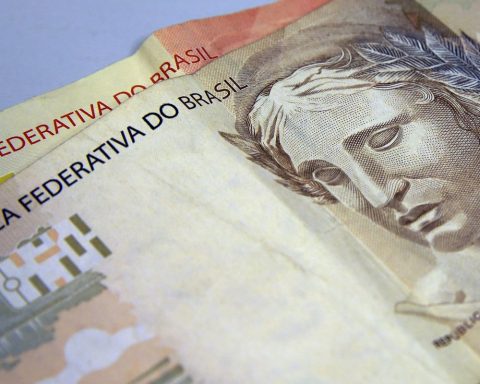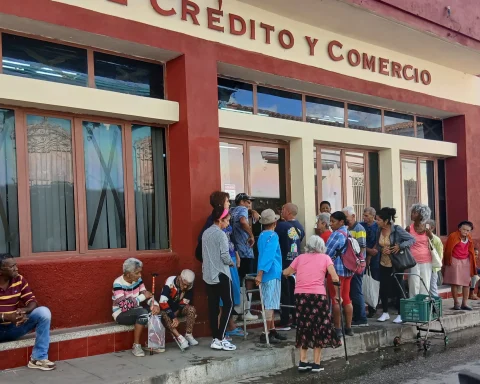With the purpose of showing the approaches of the country’s mining and oil sector, on the need to adapt the legal framework that regulates them, in order to guarantee greater benefits for both the sector and the country, the Minister of Energy and MinesJoel Santos, It was received by the Board of Directors of the Chamber of Mining and Petroleum of the Dominican Republic, headed by Pedro Esteva, President of that Institution and Martín Valerio, as its Executive Director.
The directors of the Mining and Petroleum Chamber explained that the legal framework that regulates them, the law 146-71 is more than 50 years old, understanding that it is the right opportunity to have a modern and robust legal framework that allows them to be more competitive in the face of current challenges and the challenges demanded by this economic task that constitutes one of the five pillars of the Dominican economy and which in the last 10 years has contributed 2.0% to the country’s Gross Domestic Product.
At the meeting, Pedro EstevaPresident of the country’s Mining and Petroleum Chamber, assured that as an institution they welcome any public or private initiative that aims to enhance the work of the sector, stating that its directors are determined to maximize the benefits of all mining exploitation, not only from the business point of view, but also at the level of the State and communities.
On your side, Martin Valerio He specified that Minister Joel Santos valued the approaches they made, in order to work together for a modern consensual law that serves as a tool to continue developing the mining sector of the Dominican Republic, with more sophisticated and cutting-edge technology.
“The time has come for a more modern law that allows attracting more investments and continues to contribute to the long-term growth of the sector that represents between 40 to 41% of national exports,” Valerio emphasized.
The Dominican Republic is currently classified as a Mining District, due to the mineralogical potential for the exploitation of rare earths, located in Pedernales, which would put the country on the world mineralogical map and we would compete with others that have these elements, used and demanded in the current situation for the production of lithium batteries and more sophisticated cutting-edge technologies used in the production of rockets.
“The amount of investments that would come to the Dominican Republic, the transfer of technology and the boost to that southern region would be extraordinary,” said Valerio, executive director of the country’s Mining and Petroleum Chamber, which is why he insisted on the need for a new legal framework that guarantees legal security for free enterprise and new investments, including the right to property.
He highlighted that currently, in addition to the gold mine in Sánchez Ramírez, the Copper mine in Maimón and the Nickel mine in Bonao, there are two gold mine projects, one in the province of Dajabón and the other in San Juan de la Maguana, to which They include exploration of rare earths in Pedernales and Barahona and research into oil exploitation in San Pedro de Macorís.
During the conversation with the Minister of Energy and Mines Joel Santos, the executive director of the country’s Chamber of Mining and Petroleum, valued the creation by the Executive Branch of the Dominican Mining Company for the study of rare earths, in several locations in the province of Pedernales.
At the end of the meeting, Valerio insisted on an urgent dialogue so that this sector, one of the most dynamic in the economy that contributes between 3 and 4.5% of tax revenues, continues to grow and generate wealth for the benefit of the country and the communities. where these resources with mining exploitation capacity exist.
The President of Barrick Pueblo Viejo, Juana Barceló, also participated in the conversation; Miguel Díaz, Vice Minister of Mines, as well as other members of the CamipeRD Board of Directors.

